In every moment, we experience layers of time, woven from memories of the past and anticipation of the future. These layers influence how we experience the present. Now, I am sitting here writing at 9:10pm, but I am also conscious of:
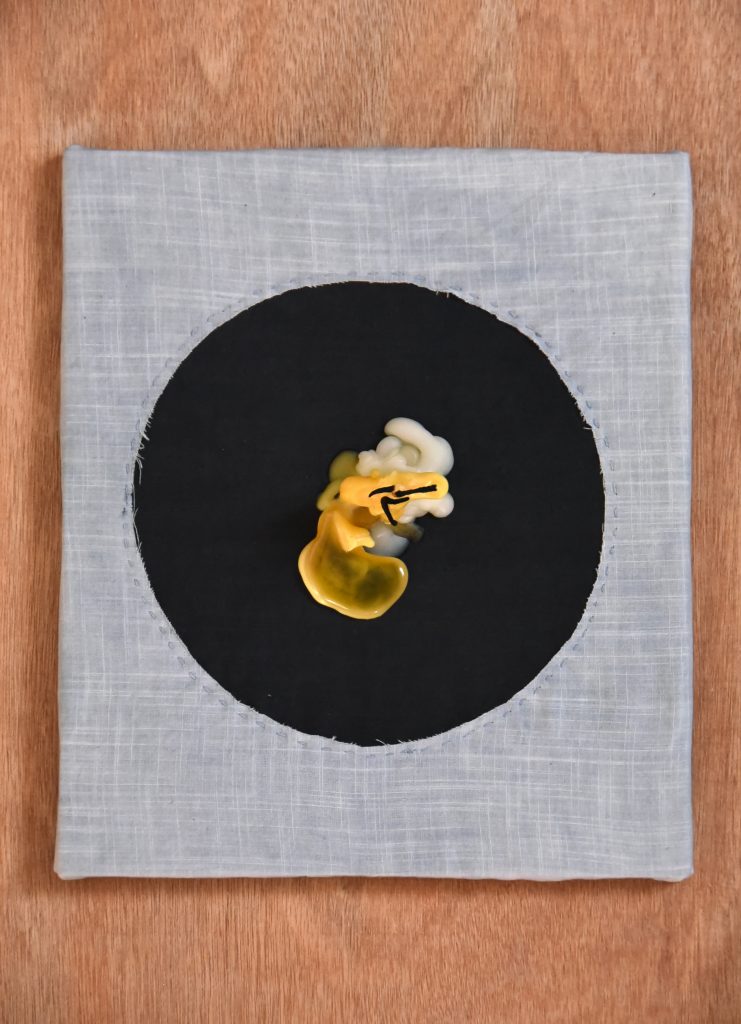
The move I made from Singapore to Vancouver last week.
The two week quarantine I am in, of which ten days have passed.
The next parcel that will arrive via DHL, which is projected to take 2 days.
The finite but unknown span of my life.
The last time I received a voice message or text from my friend Asch, who I usually hear from daily.
The move I made from Atlanta to Singapore three years ago, which made me feel just as foreign as I do now.
Some of these temporal layers have no known durations, some of them straddle across different spans of chronological time. But together, these shifting times form the ground of all my experiences.
In contemporary life, we are expected to divide time into clinical blocks of hours and minutes. We are so accustomed to converting time units into wages or prices, we constantly measure our experience of the present against the rigid divisions of hours and minutes to determine our own ‘productivity’ and value.
Because I feel that the linear and clinical way of dividing time into hours and minutes falls far short of understanding what the value of time truly is to us, I’ve been experimenting with making objects that can be used to measure and inhabit time differently.
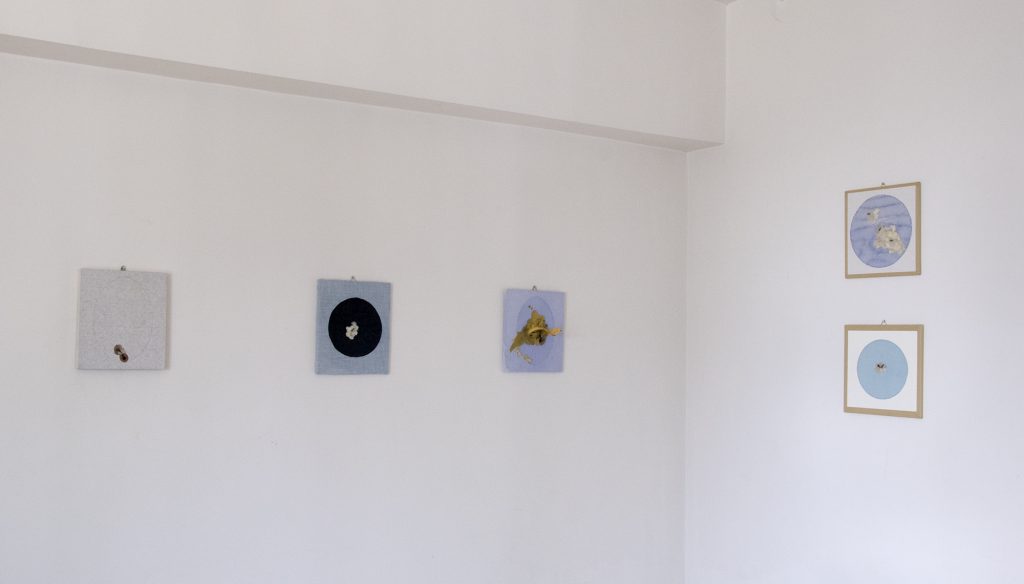
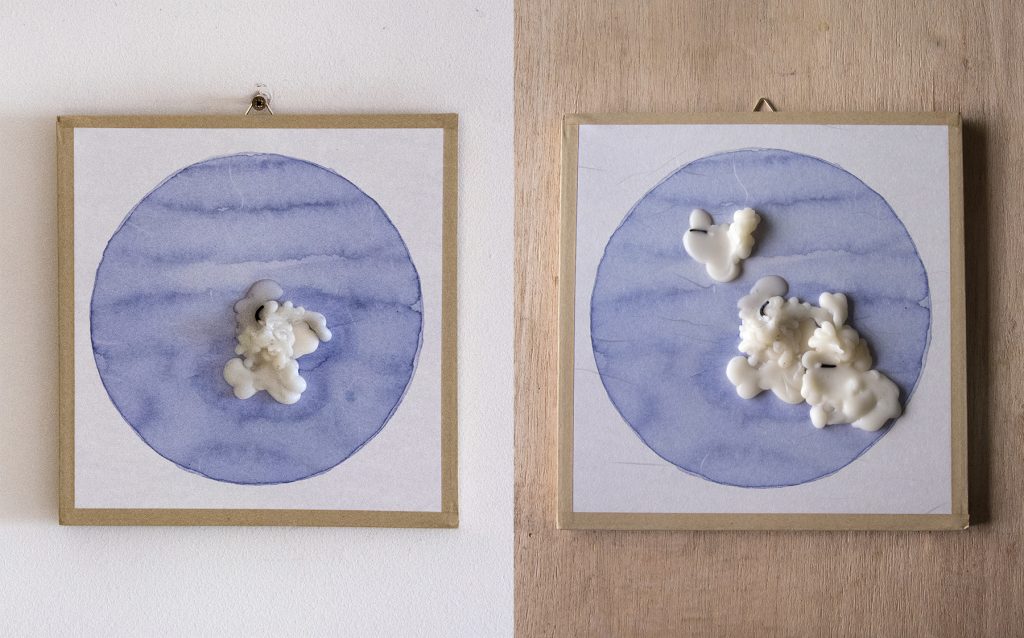
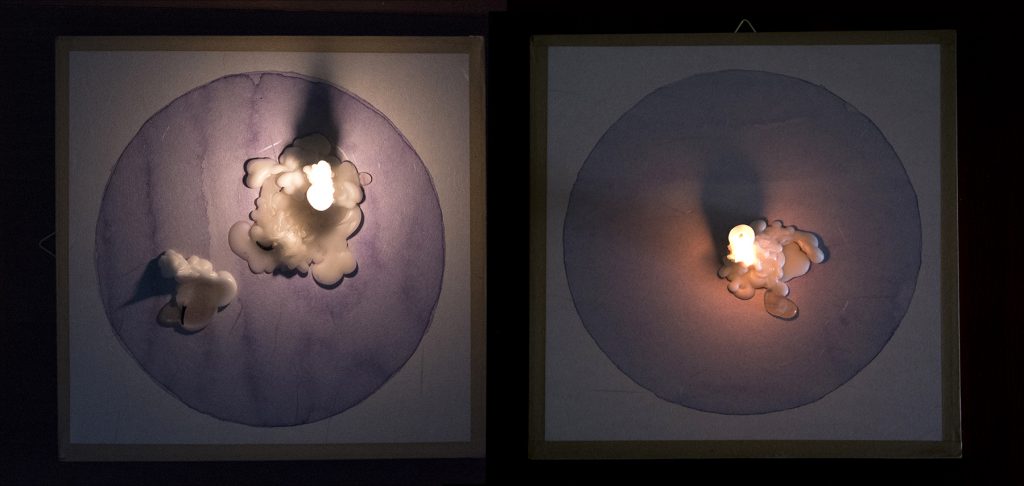
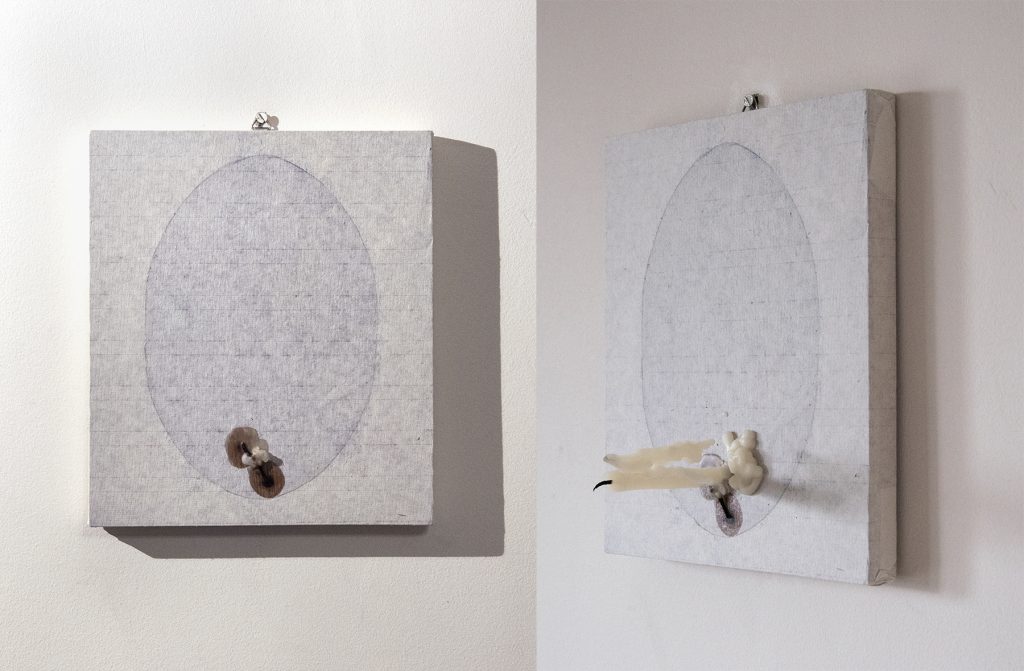
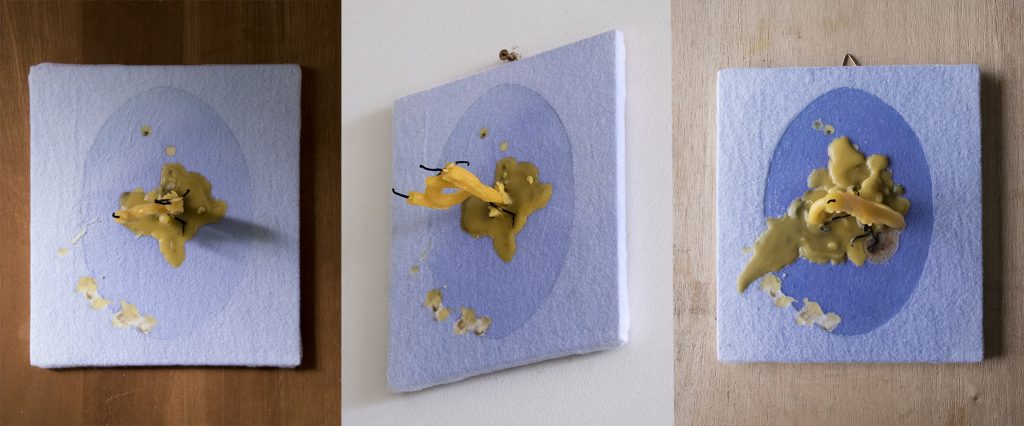
I think of these as experiments. Like I’m inventing clocks and working out the kinks. Except how I evaluate these clocks is not their mechanical precision but how they influence the way time can be experienced or visualised. Right now I’m working with candles because before the invention of pendulum clocks, candles were widely used across many parts of Asia to measure time.
I’m also interested in the heat generated by the burning of the wick. The only basic law of physics that distinguishes the past from the future is that: if nothing else around it changes, heat cannot pass from a cold body to a hot one. None of the other elemental laws of physics distinguish between the past and future.
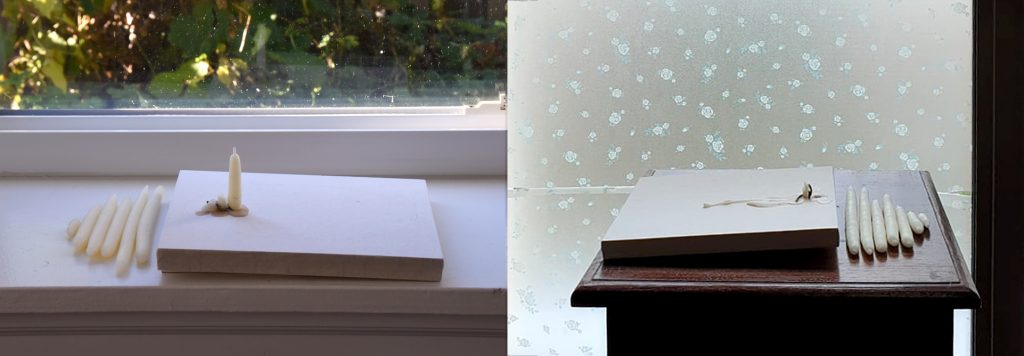
We are expected to divide time into clinical blocks of hours and minutes, but that doesn’t really allow us to understand the value of time to us. I’ve been trying to make objects that can be used to measure and inhabit time, but I’m not interested in mechanical precision.
The only basic law of physics that distinguishes the past from the future is that: if nothing else around it changes, heat cannot pass from a cold body to a hot one. None of the other elemental laws of physics distinguish between the past and future.
Time moves at different speeds in different places
Times moves at different speeds depending on how fast you’re moving.
Most of the universe consists of times that neither the future, present or past relative to us.
How do I touch what is too abstract and large to really understand or experience?